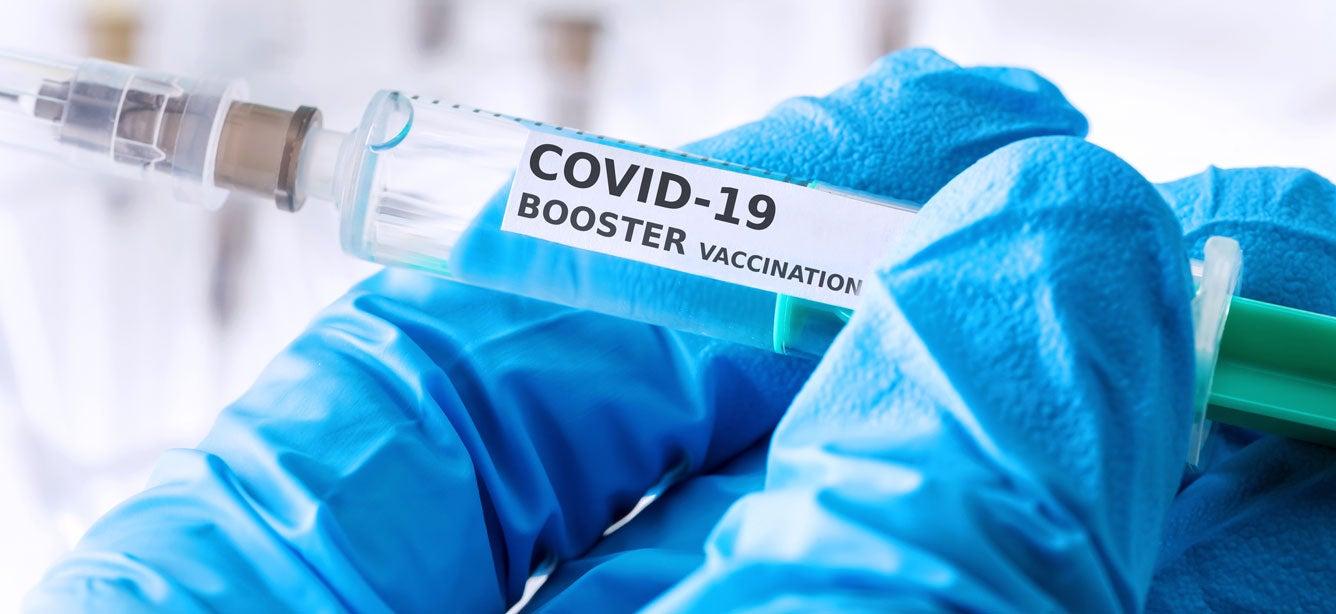
COVID-19 cases, hospitalizations, and deaths have been declining for the past two months since their peak in January due to the original Omicron variant that first appeared in the U.S. in November. However, some public health experts are warning of an uptick due to BA.2, a new sub-variant of Omicron (or BA.1).
What is the BA.2 variant?
According to the World Health Organization, BA.2 represents more than 86% of all sequenced COVID-19 cases. Dubbed the "stealth variant" for being more contagious and highly transmissible than its Omicron relative, BA.2 has spread through Europe and other parts of the world, including China. And in the past, what has happened in Europe has later happened in the U.S. Further, BA.2 has caused upticks in hospitalizations in some European countries.
BA.2 differs from BA.1 (original Omicron) in its genetic sequence, including differences in the spike protein and other proteins. These differences make this variant more contagious, as much as 1.5 times more transmissable.
Why is COVID-19 spreading in Europe?
In addition to the spread of BA.2 in Europe, other factors have contributed to the recent spread of COVID-19 there:
- The reopening of society and changes in COVID-19 related policies, like removing mask requirements and reducing limits on numbers of people who can gather in public places
- People’s declining or waning immunity from vaccination or prior infection
These factors are also present here in the U.S., which could continue to contribute to a rise in COVID-19 cases and hospitalizations nationwide.
Where is BA.2 spreading in the U.S.?
BA.2 appears to be spreading in several parts of the U.S. Many wastewater testing sites in the U.S. have been picking up increased levels of the BA.2 variant over the past several weeks. The Centers for Disease Control and Prevention (CDC) estimates that BA.2 is now responsible for about 50% of all circulating variants throughout the country, as of the end of March.
Several areas of the U.S. have seen BA.2 quickly become the dominant strain. More than 70% of cases in New England states are due to BA.2. And some experts predict that areas of the county with lower vaccination rates could see an increase in cases and hospitalizations as BA.2 spreads across the U.S.
Are COVID-19 vaccines effective against the BA.2 variant?
The good news: this variant does not appear to cause more severe disease than BA.1, the first Omicron variant. And studies have shown that people who are fully vaccinated and have received boosters have strong protection against hospitalization from both BA.1 and BA.2. People who are vaccinated—two primary shots plus the booster—are largely protected from BA.2.
Also people recently infected with the earlier Omicron variant, or BA.1, will have a decent degree of at least short-term immunity to BA.2. According to the World Health Organization, initial data from population-level reinfection studies suggest that infection with BA.1 provides strong protection against reinfection with BA.2, at least for the limited period for which data are available.
How can seniors stay protected against the BA.2 variant?
Due to the increasing circulation of the more-contagious BA.2 variant, everyone, especially those who are at higher risk for COVID-19 (those with chronic conditions, like heart disease, diabetes, and obesity, or people who are immunocompromised) or who live with someone at higher risk, should wear a high-quality mask and get vaccinated and boosted, if they are not already.
Many older Americans have still not received booster shots. Getting a booster will significantly increase protection against COVID-19, including the BA.2 variant. If you received your first two shots and are due for a booster, don’t wait. Get your booster shot today.
To schedule your COVID-19 vaccine or booster: Search vaccines.gov, text your ZIP code to 438829, or call 1-800-232-0233 to find nearby appointments.



